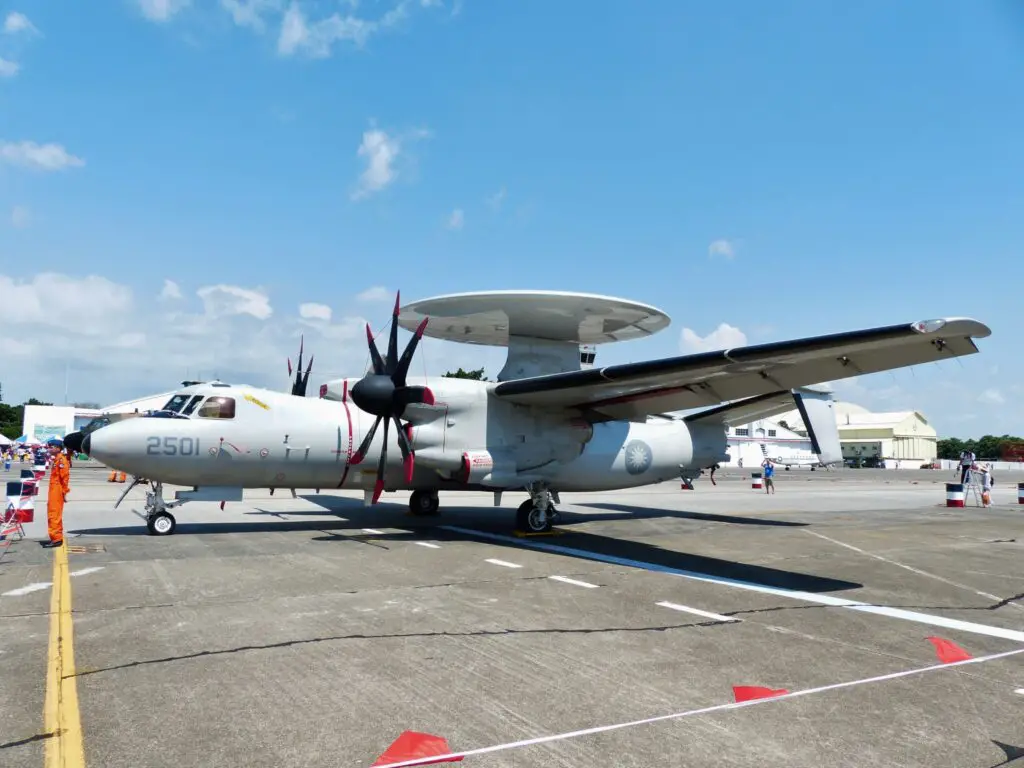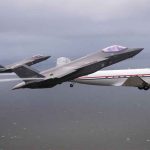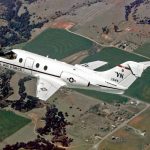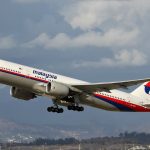A Republic of China Air Force (RoCAF) E-2K Hawkeye airborne early warning aircraft had to perform a crash landing on the morning of November 25.
The Republic of China Air Force has six E-2K Hawkeye, which is the Taiwanese version of the Hawkeye 2000 configuration.
As reported by the Taiwanese website UDN, the E-2K returned from a training flight at 11:08 a.m. (Local time) and had a landing gear failure, which forced the pilot to make an emergency landing on the plane’s belly, finally exiting the runway at Pingbei airport (south of the island).
Authorities reported that the crew is in perfect health condition and that they handled the incident properly, thanks to their regular training, preparation and familiarization with standard operating procedures. The causes of the malfunction are under investigation.
Hawkeye aircraft protecting Taiwan
Taiwan acquired its first four E-2T aircraft from the United States on November 22, 1995. On April 15, 2006, Taiwan commissioned two new E-2K Hawkeyes in an official ceremony at the Republic of China Air Force (ROCAF) base at Pingtung Airport in southern Taiwan (where the accident occurred).
The four original E-2Ts were then upgraded to the Hawkeye 2000 configuration in an armament agreement signed with the U.S. in 2008. The E-2Ts were upgraded to what became known as E-2K standard in two batches, the first batch of two aircraft was shipped to the U.S. in June 2010, returning home in late 2011; upon their return, the second batch was sent for upgrade, returning to Taiwan in March 2013.
Is Chinese pressure starting to take its toll?
While there is no official information yet on the causes of this accident, it could be due to the constant pressure being put on Taiwan’s defense complex by the Navy and the People’s Liberation Air Force (PLAN and PLAAF).
6 PLA aircraft and 4 PLAN vessels around Taiwan were detected by 6 a.m.(UTC+8) today. R.O.C. Armed Forces have monitored the situation and tasked CAP aircraft, Navy vessels, and land-based missile systems to respond these activities.
— 國防部 Ministry of National Defense, R.O.C. 🇹🇼 (@MoNDefense) November 25, 2022
Tensions between China, Taiwan, and the U.S. are at their highest point in recent months, and Beijing is implementing a strategy of pressure and attrition to erode the island’s defensive capabilities, in particular its Air Force, which must respond daily to irregular flights approaching its border from mainland China.
See also: Furious at Pelosi’s visit, China deploys 27 fighter jets over the Taiwan Strait
This overexertion of flight material, together with the increase of training missions to face an eventual invasion (which seems to be getting closer and closer) produces an accelerated wear of machines and men, which could partly answer to the causes of the technical failure of the E-2K.














